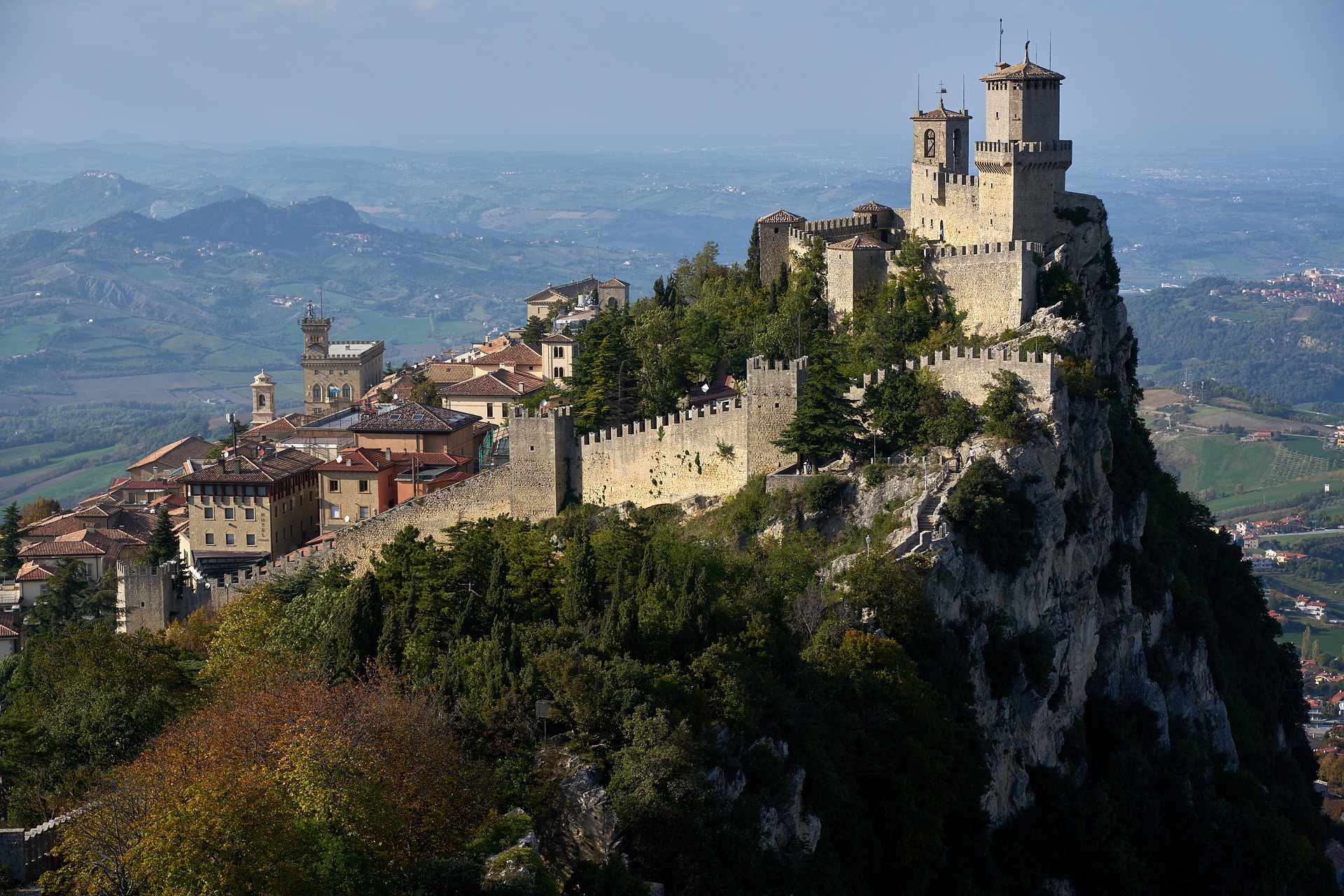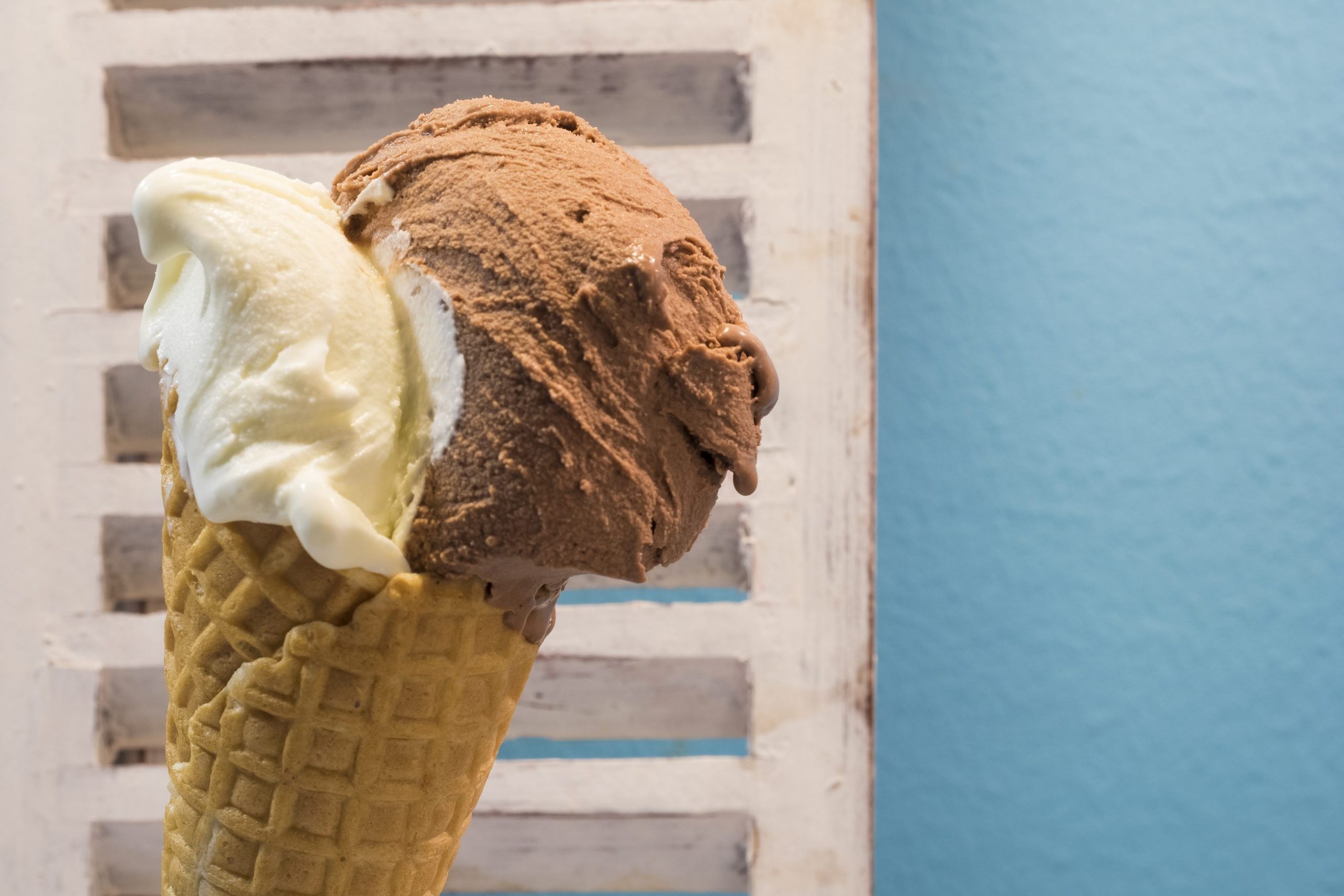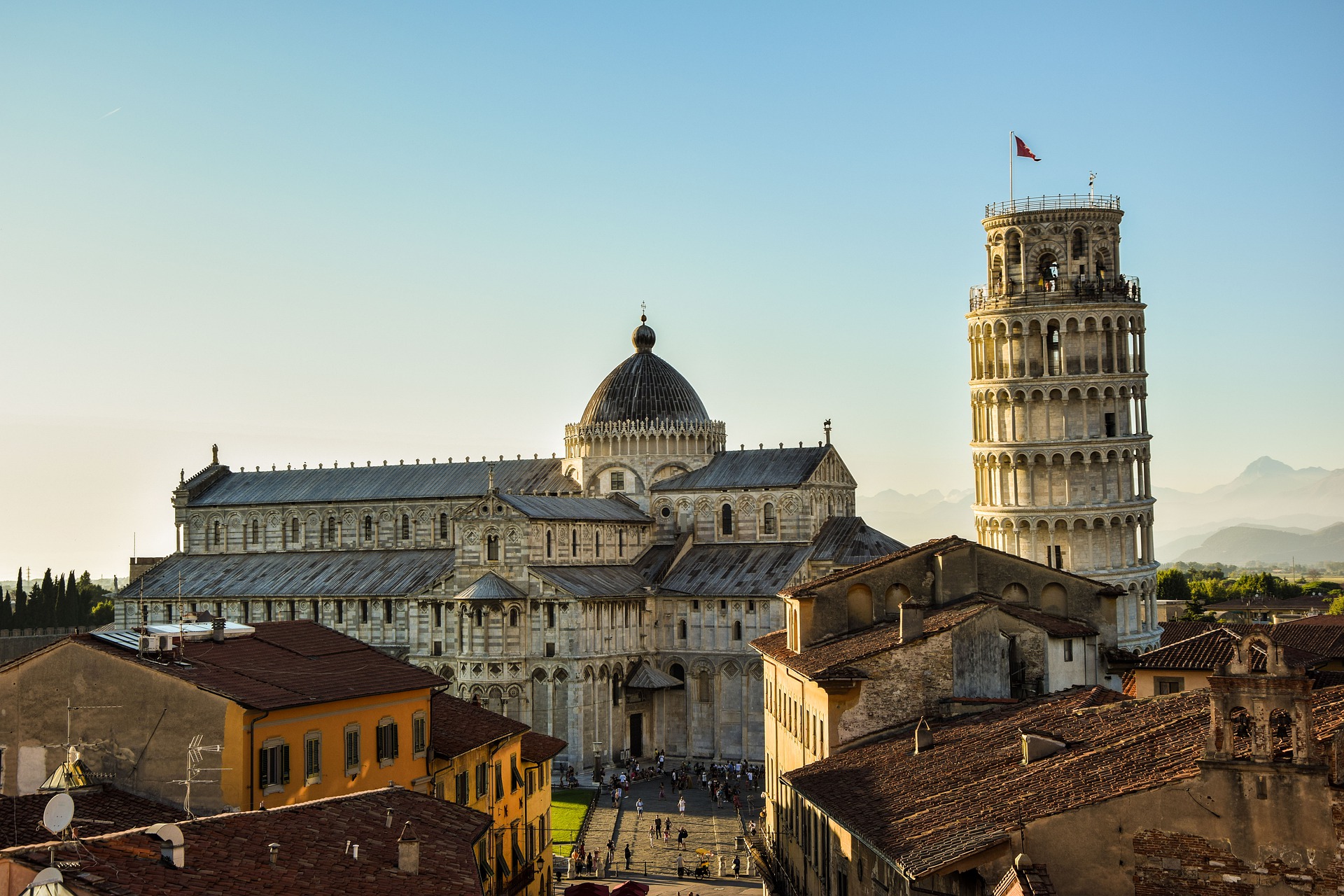Inside Italy’s borders are two independent states. One of them, you’re sure to know: Vatican City is the smallest internationally-recognized state in the world, measured by both area and population. The other, though, is perhaps less known, even though tourism has become its major industry. The Republic of San Marino sits at the northwest corner of the Apennine Mountains, wedged between Emilia Romagna and Marche Montefeltro. At 61 square kilometers and with a population of just over 32,000 people, only Vatican City and Monaco are smaller.
I decided to visit San Marino for the day when I was in Bologna. It’s about an hour and a half away by train and bus, which gave me a little time to read a bit more about how it came to be. Like so many places I’ve visited in Italy, San Marino is said to have monastic origins. On September 3, 301AD St. Marinus came to Mount Titano, now the home of the city and republic that bear his name, and established a colony of Christians who were anxious to find a safe place to escape the persecutions of the emperor Diocletian.
Marinus had been a master stonecutter on his native island of Arbe (Rab) in Dalmatia, now part of modern-day Croatia. He fled across the Adriatic Sea in 257AD and landed in Rimini, where he became a deacon and was ordained by the Bishop of Rimini. When he and his followers built the monastery on Mount Titano, they did it based on the idea of freedom from any other state, be it civil or religious. In fact, when Marinus died in 366AD, his last words are said to have been: “Relinquo vos liberos ab utroque homine.” (“I leave you free from both men”). Though this phrase is a bit vague, the two men referred to are thought to be the Emperor and the Pope, reiterating the principles of autonomy that San Marino holds dear to this day.
I got off the bus that had brought me up Mt. Titano to the historic center of San Marino and wrapped my scarf a bit tighter around me – the crisp, December air was blowing quite strongly at this altitude and a little more warmth was welcome. I wandered down the steep, stone streets toward the main square where a Christmas market was being held. The streets themselves were festooned with lights and wire balls that would illuminate the path once the sun started to set. In front of city hall, a few dozen huts were lined up, all uniform like a little village of dollhouses. I sipped on a warm cup of vin santo, a spiced red wine very low in alcohol, while I strolled around looking at the market’s offerings: dozens of different types of honey, handmade artwork, breads and pastries, soaps and scarves. Holiday shopping, anyone?
One of the first things on anyone’s list who comes to San Marino is a visit to the castles keeping watch over the valley below. There are three of them, each placed on one of Mt. Titano’s three peaks: Guaita, Cesta and Montale. I headed first for Guaita, but stopped for lunch at one of the cafés at its base before entering. The food of San Marino is very similar to the regions of Italy surrounding it; a classic piadina and view of the valley below made for the perfect mid-day break.
Guaita is the largest and first of San Marino’s three castles. It is said to have been built originally in the 11th century as a watchtower but has been constantly added to over the centuries. The most recent addition, in fact, is a tiny little chapel, the Chapel of St. Barbara, adjacent to the outer walls in 1960 (you can see it in the picture below; it’s the tiny little building on the left!). In 1550 the tower of Guaita became the state prison but 13 years later they discovered that wasn’t such a good idea when Marsilio di Antono, who was being detained there, set fire to the tower roof.
If you’re planning on climbing to the top of the fort for the best views (which you definitely should!), here’s fair warning: you have to climb up a fairly steep, wooden-slat ladder, so wearing a skirt (like I did) might not be the best idea!
From the windows at the top of the tower you can see Cesta, the 2nd largest of the 3 castles, sitting on its perch a little ways away. With this vision in my mind, I (carefully) climbed back down the ladder and out the front courtyard to find my way to Cesta.
The narrow stone path that runs between the 1st Tower (Guaita) and the 2nd Tower (Cesta) has a charming name: “Passo delle Streghe”, or “Path of the Witches”. Charming, that is, until you discover that it got its name from being the execution site of the poor women accused of being witches in San Marino, who were brought here to be thrown off the ridge. Watching my step, I walked on toward Cesta.
Cesta is on the highest of Mt. Titano’s peaks and affords lovely views of both the valley and of Guaita overlooking the red-roofed town below. There’s also a small museum here dedicated to St. Marinus that’s worth a look.
The third castle in San Marino is Montale which, unfortunately, is closed to the public. From the outside it appears to be a simple watch tower with the only door about a dozen feet in the air. This was a common prison construction, I’ve heard, in the 14th century, when the tower was built.
By this time the early winter evening was drawing near and the sun was casting a deep orange light on San Marino, making the pale stone of the buildings glow. The Christmas lights were turned on and everyone began donning their gloves and button their jackets as they hustled between shops or settled in for a pre-dinner aperitivo. I walked outside the walls to get another view of the valley as the sun started to set over the Apennines and was amazed by the colors of the sky, burnt orange and rose and warm gold fading to the light blue of twilight. San Marino is a magical little town, quaint and lovely in its smallness and simplicity, with a rich history and long-held traditions that make it a very unique and special place to visit during an Italian vacation.
Jessica is a travel enthusiast and entertainment executive living in Los Angeles. Her independent travels through Italy have inspired her travel blog, www.OneDayInItaly.com





























